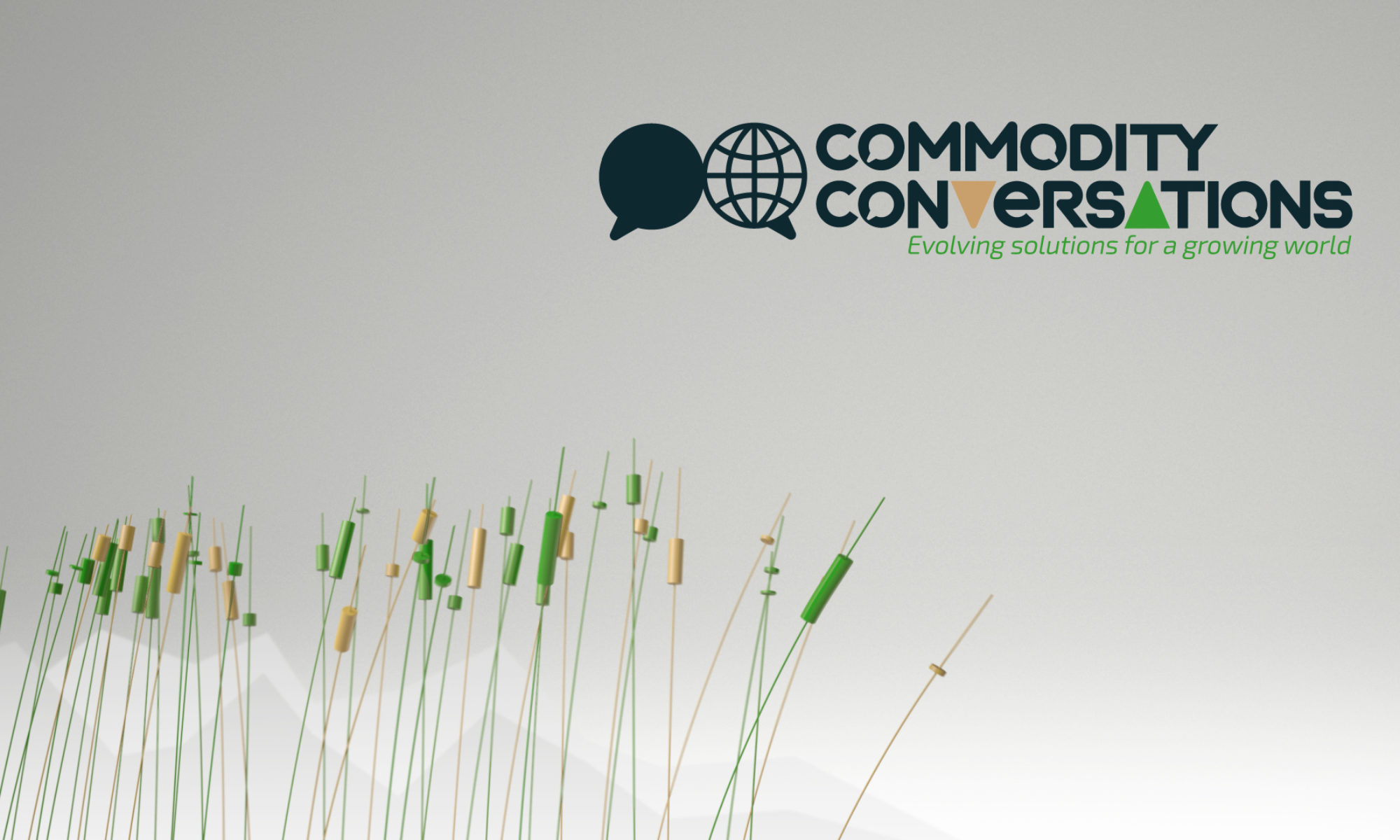The EU’s agriculture ministers agreed this week that 20% of the new Common Agricultural Policy (CAP) budget which will kick in 2023 should be used for environmentally friendly farming. However, the proposal still has to be voted by Parliament and environmentalists complained that the amount was much too low and translated into massive ongoing subsidies for traditional agriculture. The EU Parliament is also due to vote on a bill proposing that terms such as “sausages” and “burgers” could only be used for products containing meat, even when used with words such as “style” and “like.” An analysis by the BBC said this would take the 3-year old ban on terms like “soya milk” and “vegan cheese” one step further.
The WWF, meanwhile, is advocating moving away from the meat vs plant debate towards a “Planet-based diet.” The idea is to focus on consuming foods that are produced locally and sustainably while providing us with our nutritional needs. The organisation points out that biodiversity loss is caused by different factors depending on the geography and that advocating for a vegan diet doesn’t make sense everywhere in the world. To help us make the right choices, the WWF designed a Planet-Based Diets Impact and Action Calculator.
Going local is not on top of governments’ priorities right now, as they focus on ensuring they have sufficient food supply. An analyst explained that consumers and supermarkets have switched from “just-in-time” inventory management to “just-in-case” in the anticipation of supply disruptions due to the coronavirus. The Bloomberg Agriculture Subindex rallied 20% since June as countries such as China, but also in the Middle East and Africa, stepped up purchases. The additional demand is helping farmers, notably in the US where producers have also benefited from higher buying from China under the Phase One trade deal. Another element contributing to the income of US farmers is the record high USD 51 billion in federal aid they will have received this year, an analysis by Reuters showed. The aid should amount to about a third of farm income in 2020, which will overall be higher than in 2019.
Danone, which lost a quarter of its market value in 2020, could divest from businesses worth as much as EUR 500 million (USD 592 million) in revenue, as well as downsize some units by up to a third, the CEO said. Bloomberg Intelligence suggested that the company didn’t have much of a choice but to shed assets, arguing that Danone was “way behind the curve.” He added that this would not be enough and the group may need to sell more businesses, including some of its water brands.
This is exactly what Nestle is doing. Sources say that the group is looking for bids for its North American water brands which have been losing market share. Analysts estimate that the brands could be sold for anywhere between USD 3-5 billion. On the other hand hand, the CEO said he is planning to keep premium brands like Perrier and San Pellegrino.
The Coca-Cola Company said the coronavirus had contributed to accelerating its portfolio review. It announced it would stop producing a number of drinks, such as Coca-Cola Life, to free resources for higher-margin products. The virus also fast-tracked changes that were taking place in the group’s marketing strategy – an official explained that they were now focusing on more “meaningful” advertising.
The CEO of Unilever warned, meanwhile, that more and more companies were making sustainability commitments to appeal to consumers without any plans to stick to them, also known as “woke-washing.” Ironically, he made the comment just as Greenpeace accused Unilever of “greenwashing.” The NGO conceded that the group has been vocal about becoming more sustainable but argued it needed to do much more.
A study looking at several carnivore species in the US Midwest found that predators were getting close to half of their food from humans, by eating through garbage, foraging fields and even eating pets. One of the scientists told Wired that the presence of corn in their systems revealed the source of their food, explaining that “Human foods look like corn, because we give corn to everything.”
Going back to the subject of eating locally, the coronavirus-led surge in gardening has caused a shortage of Mason jars in the US. Many people have used the time at home to plant food stuff which they have been canning for preservation, causing the shortage in canning containers. A jar merchant called it “Sourdough 2.0.”
This summary was produced by ECRUU







